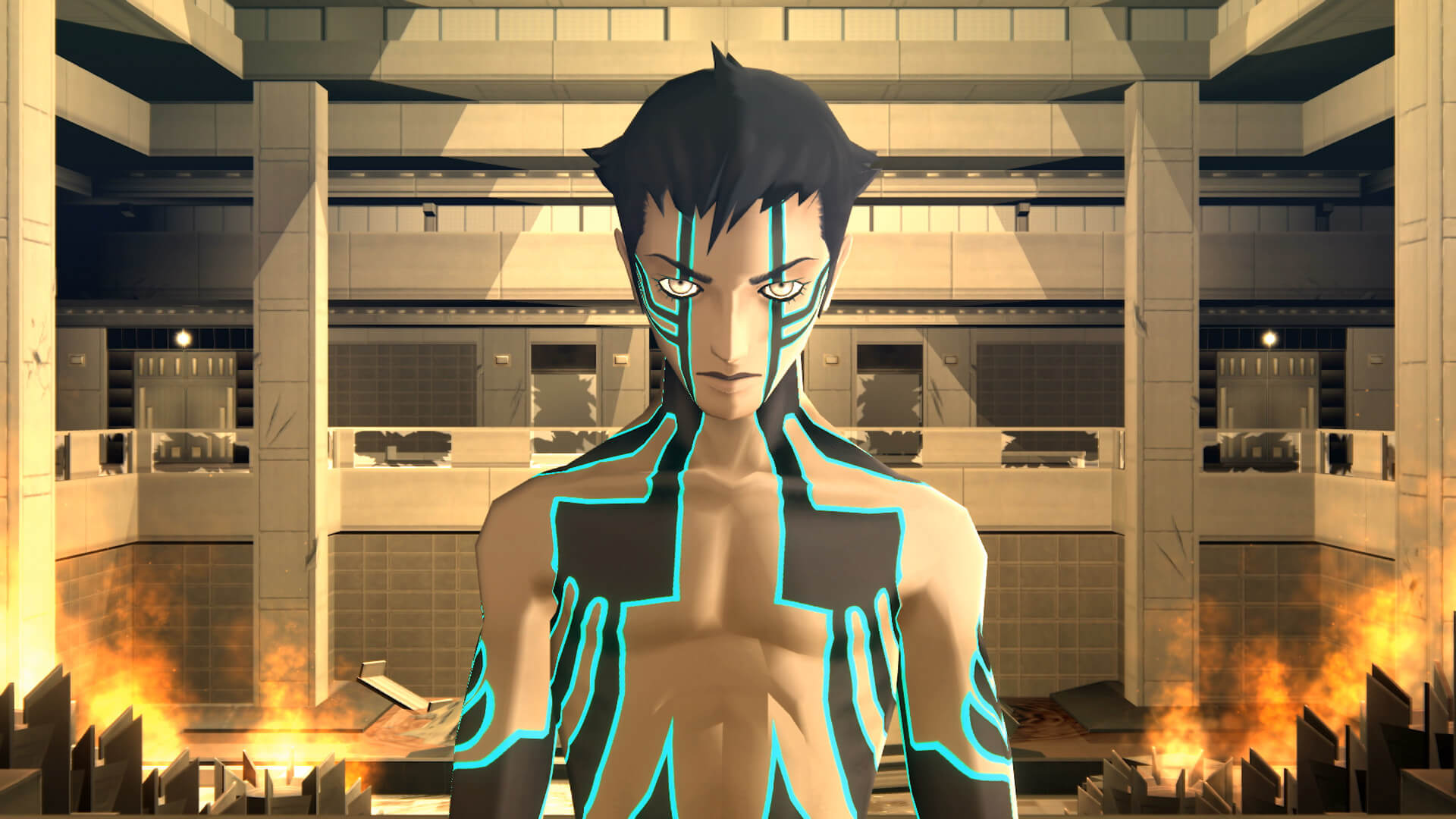In the past few months, turn-based lovers have been spoilt by choice. In just the last few weeks alone, gamers have got not one but two great turn-based games from SEGA; both have set records and are well-regarded among fans and newcomers alike. Not only that, but both are sequels to successful series that have lasted for years.
One of those games is also notable for being a spinoff series to an even larger series known as the Shin Megami Tensei series. If you haven’t heard of the series before, that’s expected, as Shin Megami Tensei isn’t put before the titles as much anymore. Instead of Shin Megami Tensei Persona, the series is now only referred to as Persona.
If you are a gamer who strives to know more about a series you have started at some random number, then you have just stumbled to the right place; you are in for a treat as we discover more about the main series from which Persona 3 Reload hails from, The Shin Megami Tensei series.
The Beginning
It all began in the 80s when the hair was big, the phones were even bigger, and gaming was just an infant. This was the time when console wars were in full swing, and the victor was none other than the NES (Nintendo Entertainment System). It was a different time back then. Fast forward to 1987, and this is where our story begins when Atlus, a fairly new company at the time, would release one of the first games in the Shin Megami Tensei series, Digital Devil Story: Megami Tensei which was released on the Famicom (NES), based on a trilogy of novels by the same name from author Aya Nishitani.
What makes the first game in the series even more unique is that two different game versions were officially released for competing platforms: the turn-based version on the Famicom and a real-time combat version for PC. The game was known for its first-person turn-based combat, demon summoning, and religious themes, which meant it would never see the light of day internationally.
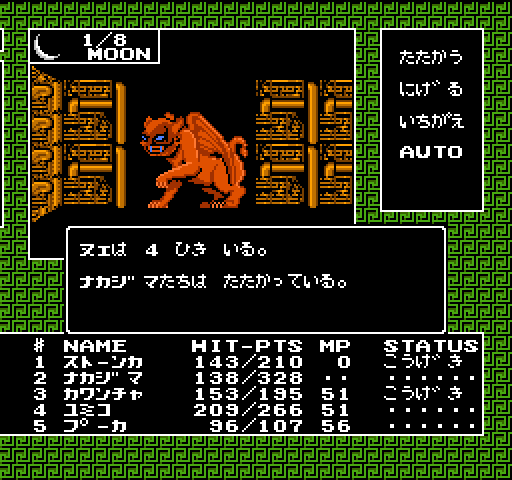
A few years later, Digital Devil Story got a sequel. Unlike the first game, this one was not based on the novel nor released on PC and instead had an original story. Due to the sequel not being based on the novels, the new game gave players an unnamed protagonist who explores a post-apocalyptic Tokyo. Like its predecessor, Digital Devil Story has turn-based combat and religious themes. Also introduced in this sequel is the ability to fuse demons, something seen in most of the series, as well as multiple endings depending on choices. This would be the last game in the Digital Devil series and the beginning of the official Shin Megami Tensei series.
Shin Megami Tensei
After the Digital Devil Megami Tensei series, the Shin Megami Tensei series didn’t see a new release until 1992, when they had not one but two games in the series release. One was part of the main Shin Megami Tensei series, aka the first Shin Megami Tensei, and the second game would technically be part of the first spinoff series: The Last Bible.
Both games had a series of mainstays like demon recruiting, religious themes, and turn-based combat; where they differentiate the most besides the platforms on which they were released would be that the Last Bible is considered to be more kid-friendly compared to other games in the Shin Megami Tensei series.
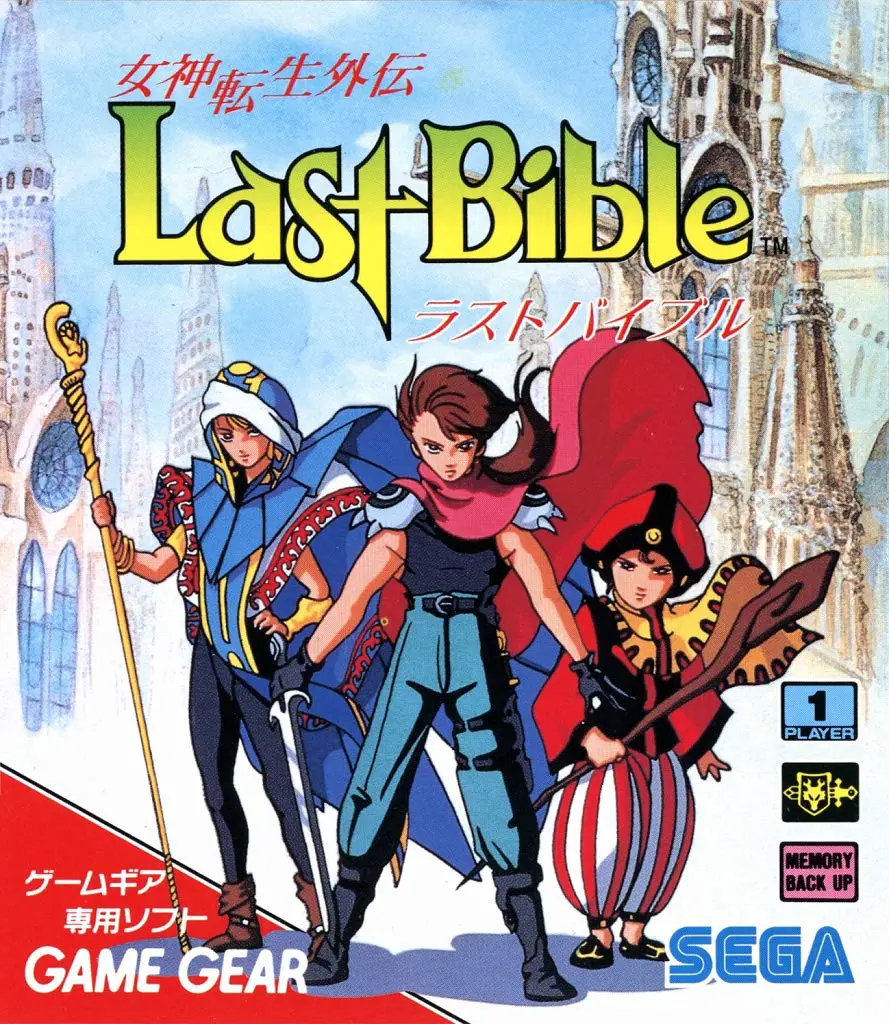
A year later, The Last Bible would get a sequel, and a year after, Japan would get two more Shin Megami Tensei games and a new spinoff series, Majin Tensei, that took the series into the tactical turn-based world. Both The Last Bible and Majin Tensei series would get a few more games, but both stayed largely in Japan, except for the first, The Last Bible game which would change its name to Revelations: the Demon Slayer, but that didn’t release until 1999 for the Gameboy Color. In 1995, another spinoff began, the Devil Summoner series, known as one of the first to stray away from the post-apocalyptic setting in most of the previous games. Like all the others that have been released so far, this was only released in Japan until 1996, with the release of a little-known title at the time: Persona.
Localization
In 1996, the first game to be localized outside of Japan was released; it was also the start of yet another spinoff and possibly the most successful spinoff series to date: Persona. Sadly, Persona was only localized in NTSC regions at the time (North American Regions) and didn’t see a PAL (Europe and ANZ) release until much later. Persona would deviate a little from the main series.
While the game is still turn-based, Persona was one of the first to get rid of some of the main themes, like demon recruiting. Instead, players have Personas that act similarly to demons in the other games and can also be fused with other Personas/shadows. It was also considered tamer than other Shin Megami Tensei games.
However, this didn’t mean the series would be localised from here on out, as a year later, Devil Summoner Soul Hackers would only be released in Japan, and the same goes for the next Persona game: Persona 2: Innocent Sin. Although in 1999, The Last Bible was released in NTSC regions for the Gameboy Color, sadly, there was still no PAL release and a year after that, Persona 2: Eternal Punishment would be localized only for NTSC regions, which was a continuation of Innocent Sin. If you thought that localization was weird, when the PlayStation Portable remakes were released sometime later, they opted only to localize Innocent Sin and not Eternal Punishment.
After the Persona series, Atlus would go back to Shin Megami Tensei and create an Xbox-exclusive game only in Japan, which seemed like a mistake to not localize due to the Xbox’s popularity in Japan, which was only three people (Not real numbers). In turn, this meant the MMORPG version that Shin Megami Tensei: Nine would lead to never happened; luckily, a few months later, they would release the next mainline game in the Shin Megami Tensei series, Shin Megami Tensei Nocturne and what made this so special is it would be the first game to be localised for PAL regions and it meant everyone could finally play the games without any hoops to jump through.
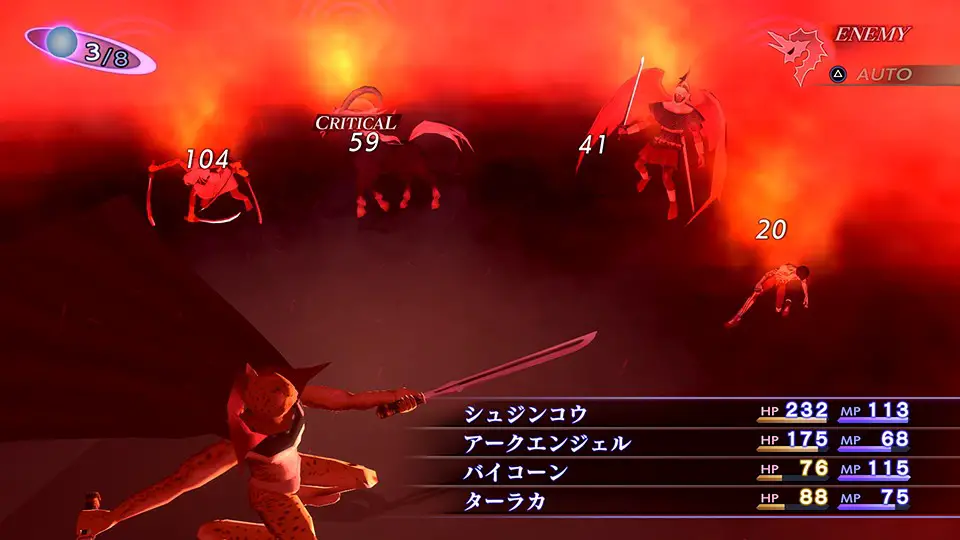
After Nocturne, every Persona, Shin Megami Tensei, and Devil Summoner game would be released in all regions, albeit a few months or longer between each version. This meant Persona 3, Persona 4, Shin Megami Tensei: Imagine, Devil Summoner: Raidou Kuzunoha vs. the Soulless Arm, and its sequel would all be released in all regions. Besides the Persona games, the other three were spinoffs of their respective series. Shin Megami Tensei: Imagine was an online game that was considered a soft remake of Nine and Devil Summoner: Raidou Kuzunoha vs the Soulless Arm, and its sequel was a Dynasty Warriors-type game made by Koei Tecmo.
Portable ports
Now that the Shin Megami Tensei games were being localized everywhere, more people could enjoy them, but it wasn’t until the games went portable that Shin Megami Tensei, Persona, and the Devil Summoner games would find new life. While the series had games that had gone portable, like Last Bible, it wasn’t until Persona 3 Portable that the Shin Megami Tensei series, especially the Persona series, found a new audience. It did help that Persona 3 Portable was considered the definitive version of Persona 3. After Persona 3, Persona 1 and Persona 2 were released on the PlayStation Portable. However, they were mostly the same as their original versions compared to 3, which added so much content to the portable version.
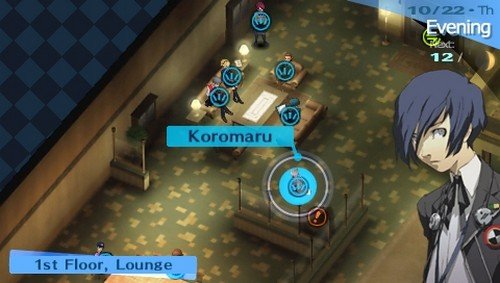
While both versions of Persona 2s were released on PlayStation Portable, only one was ever localized in NTSC and Pal territories: Innocent Sin. Due to the success of Persona 3 Portable and Persona 4, it didn’t take long for Persona 4 to also go the portable route when PlayStation’s latest portable console, the Vita, was released. Gamers would be introduced to the greatest version of Persona 4 and possibly the best Persona at the time: Persona 4: Golden.
It wasn’t just Persona that enjoyed portable success but also the Shin Megami Tensei main series. Unlike the Persona games, Atlus went a different route when going portable. Instead of being ports of older games and releasing on PSP, they went new games and on Nintendo’s family of consoles. First was Shin Megami Tensei: Strange Journey on the Nintendo DS, the best console for RPGs.
After that, the Nintendo 3DS would get the next main Shin Megami Tensei game: Shin Megami Tensei IV and Shin Megami Tensei IV: Apocalypse, cementing Nintendo handhelds as the future for the Shin Megami Tensei games going forward as even the fifth game would be exclusive to the Nintendo Switch.
Besides Shin Megami Tensei, the 3DS would also get a remake of the second Devil Summoner game, which would also be the first Soul Hackers game: Devil Summoner: Soul Hackers and a new series exclusive to the DS and 3DS: Devil Survivor 1 and 2 which were tactical turn-based games. At this point, only three series were left: The Shin Megami Tensei main series, Persona, and Soul Hackers/Devil Summoner, although only one stood above the rest.
Persona Domination
After Persona 4: Golden, the Persona series was on a high, and we all know what happens when a series is on a high: we get a world of spinoffs, which is exactly what happened with the Persona series. The first spinoff to come out of the series was Persona 4 Arena, a 2D fighting game that contained characters from Persona 3 and 4. Was it the type of game the audience expected from the series? Probably not, but that didn’t stop it from being a popular game. It also got a sequel of sorts and was officially the first Persona game to be released on Xbox.
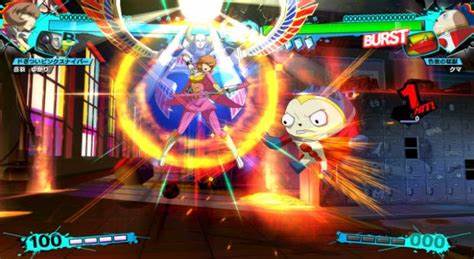
Still living off the high of Persona 4: Golden, Atlus would develop another spinoff game: Persona Q: Shadow of the Labyrinth, but this time for everyone’s favourite Nintendo handheld, the 3DS. It was another first for the series, as it would be the first time a Persona game wasn’t released on a PlayStation console, and it was instead Nintendo exclusive. Like Arena, the game contained characters from 3 and 4, which were still the two most popular games from the series.
The spinoffs didn’t stop there, as a year later, another Persona 4 spinoff would be released, and it would again take the series into a new genre. If you thought a fighting game was far removed from the series, then this may be even more far removed as the next spinoff was a rhythm game based on Persona 4 – Persona 4: Dancing All Night. However, it did make sense in some cases as the series had some good music, and fans must have loved it because Persona 3 and 5 would also get a rhythm-based game. Originally conceived as separate games, the two would combine, making it feel like two games in one.
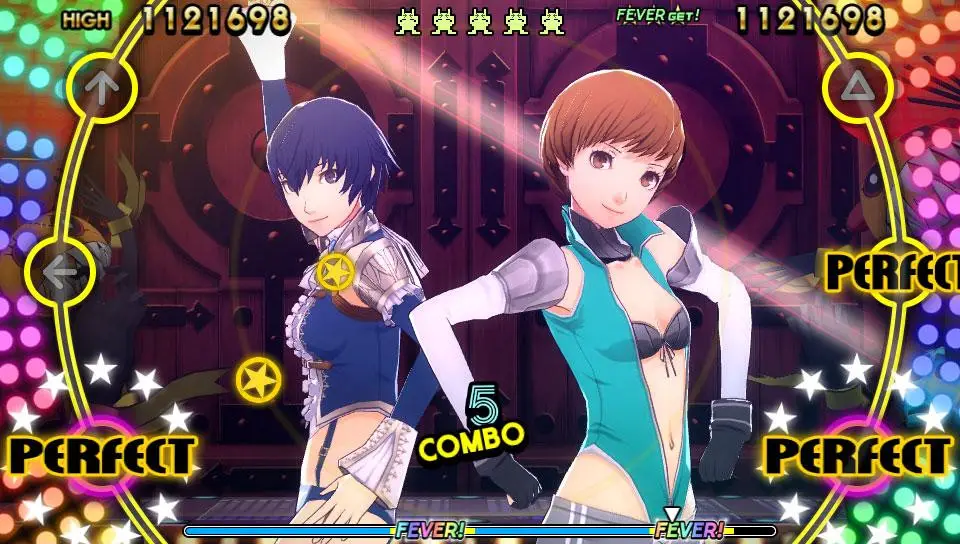
Between Persona 4: Dancing All Night and, Persona 3: Dancing in the Moonlight and Persona 5: Dancing in the Starlight (that’s its full title, mind you), Atlus finally released Persona 5, which then became Atlus’s bestselling Persona, and like 4 before it, 5 would also get a few spinoffs, starting with the rhythm game a year later, that combined 3 and 5; Persona Q 2: New Cinema Labyrinth, which like its predecessor combined characters from 3, 4 and 5 and was a Nintendo exclusive; Persona 5: Strikers, a Dynasty Warriors type game; and finally Persona 5: Tactica, which is exactly what it sounds like, a tactical turn-based game.
For now, it looks like Persona 5: Tactica may be the last spinoff, but you never know; there may still be more in the pipeline we haven’t heard of, especially now that the series has become more popular than ever before; thanks to its inclusion on Xbox Game Pass and releasing onto the Nintendo Switch.
Where to now?
With the Persona series proving to be the most popular in the whole Shin Megami Tensei, you would think the others may have been left behind, but you would be wrong. Shin Megami Tensei V was released exclusively for the Nintendo Switch in 2021. Before that, there was a crossover game with one of Nintendo’s flagship series: Fire Emblem, called Tokyo Mirage Sessions #FE. It wasn’t just Shin Megami Tensei that got new games, but also the Devil Summoner series with Soul Hackers 2, released in 2022.
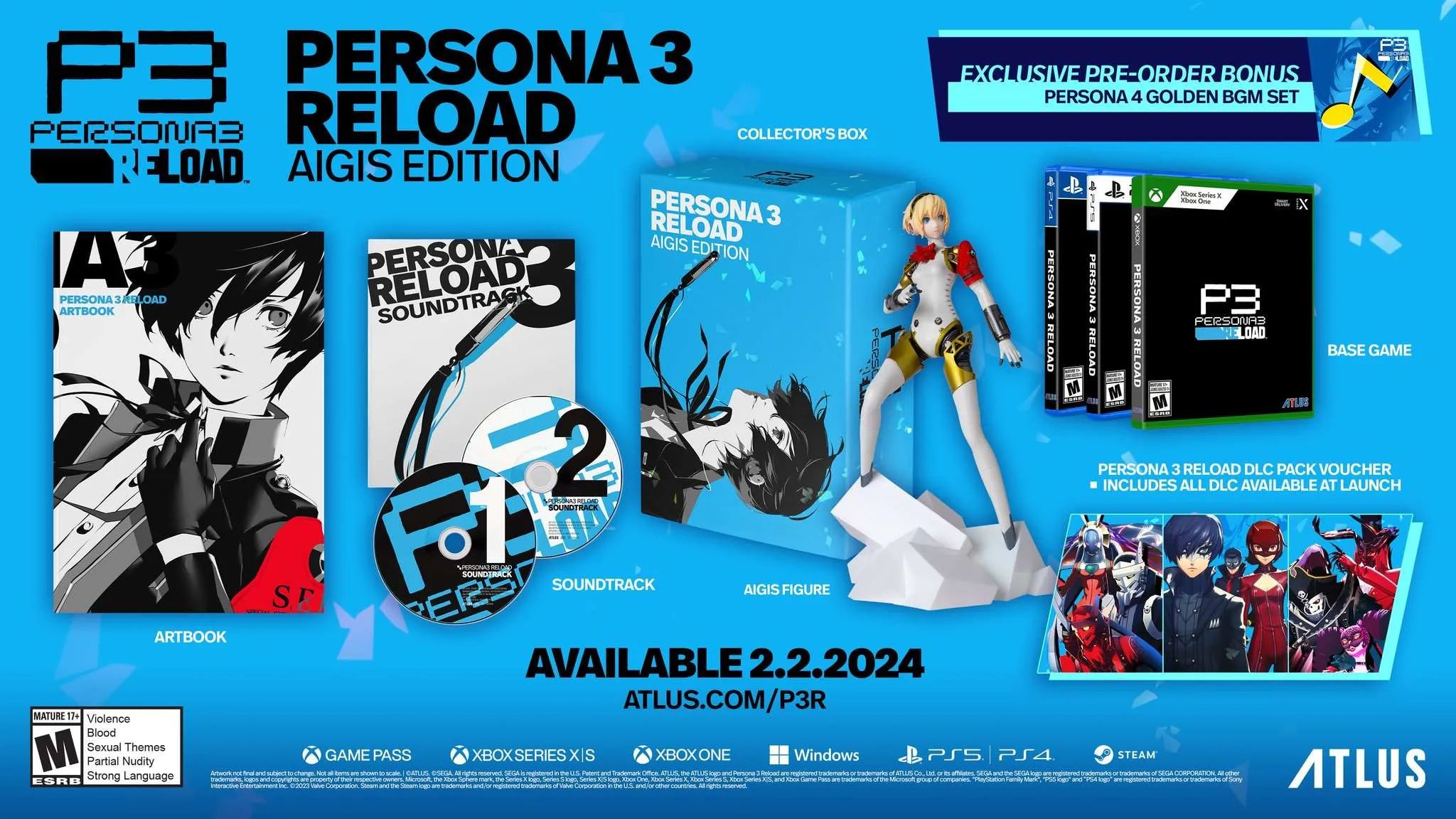
Meanwhile, Atlus seems to be very much focused on the Persona series, and who could blame them? What does the future hold for the Shin Megami Tensei series? More Persona, by the sounds of it, especially with the renewed success of number 3 and Atlus stating there is more Persona to come. It doesn’t mean the rest of the series is dead in the water, but at this moment in time, Persona is the baby and the most popular of their three remaining series.


